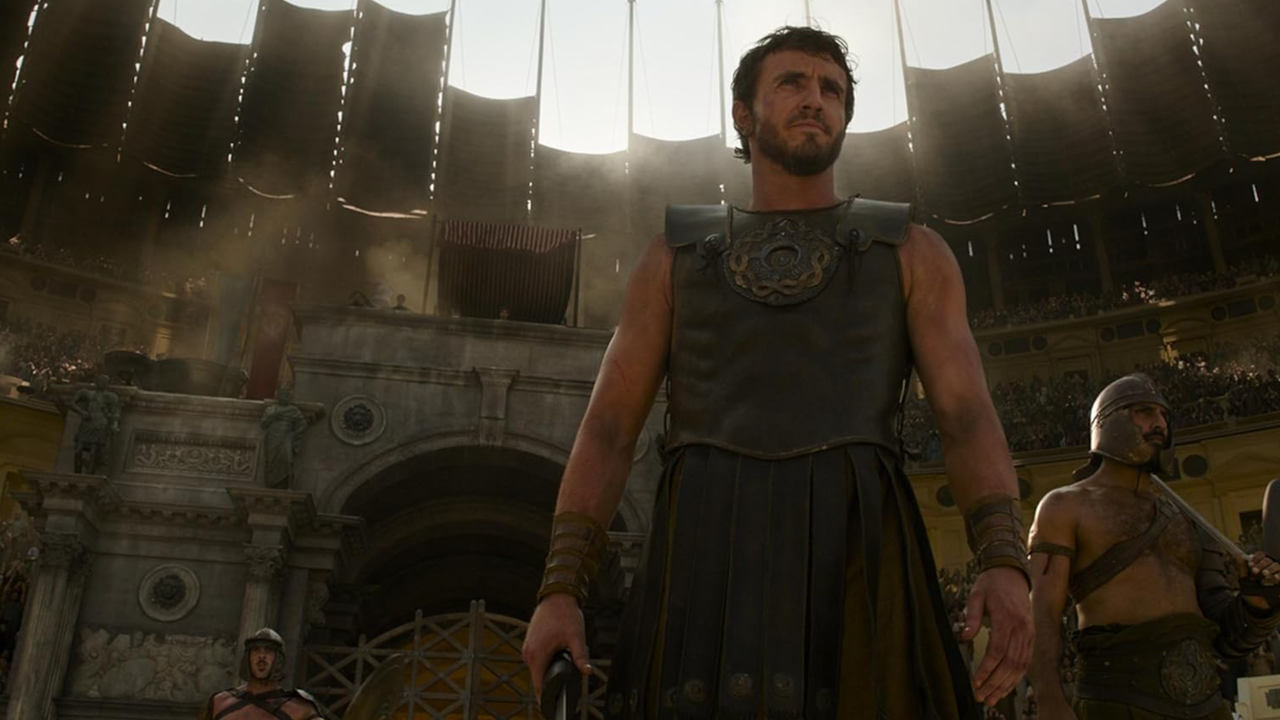âVaulted concrete construction allowed Roman engineers to build taller buildings than they had before,â explains Ekins. âThe Colosseum, with its massive heightâapproximately that of a modern 15-story apartment buildingâand prominent use of vaults, demonstrates how far vaulted concrete construction had developed by the time it was built.â
â[It] was by far the largest amphitheater constructed in the Roman Empire, and its sheer size to accommodate tens of thousands of spectators also made it a very complex building,â Elkin continues. âThe materials, size, and complexity of the building all contributed to what made it a revolutionary structure and a canonical example of Roman engineering.â
But for centuries, it was a ruin: the iconic monument had been severely damaged by fire and struck by earthquakes five times, including a catastrophic event in 1349 that caused the entire outer south side to collapse. It remained a wild, overgrown place and a unique habitat for an astounding variety of plants. These were first catalogued by the physician Domenico Panaroli in 1643, and at the last count, there were 242 species. Thanks to significant investments from the Italian government, the Pope, and more recently, the luxury shoemaker Todâs, the Colosseum has been restored to its former grandeur, which you can see for yourself in Gladiator II, in theaters on November 22.
This article was originally published in AD Middle East.

